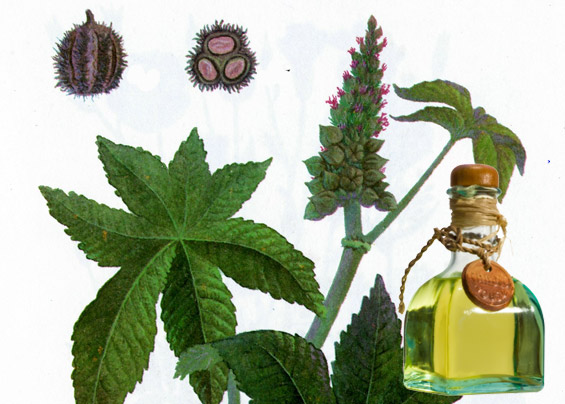Osteoarthritis is a type of arthritis that is caused by breakdown of cartilage, with eventual loss of the cartilage of the joints. Cartilage is a protein substance that serves as a "cushion" between the bones of the joints. When the cartilage deteriorates (degenerates), the bone next to it becomes inflamed and can be stimulated to produce new bone in the form of a local bony protrusion, called a "spur."
A very common early sign of osteoarthritis is a knobby bony deformity at the smallest joint of the end of the fingers. This is referred to as a Heberden's node, named after a very famous British doctor. The bony deformity is a result of the bone spurs from the osteoarthritis in that joint. Another common bony knob (node) occurs at the middle joint of the fingers in many patients with osteoarthritis and is called a Bouchard's node. Dr. Bouchard was a famous French doctor who also studied arthritis patients at the turn of the last century. The Heberden's and Bouchard's nodes may not be painful, but they are often associated with limitation of motion of the joint. The characteristic appearances of these finger nodes can be helpful in diagnosing osteoarthritis.
Osteoarthritis is also known as degenerative arthritis because of the degeneration of the cartilage that causes it. Among the over 100 different types of arthritis conditions, osteoarthritis is the most common and affects over 20 million people in the United States alone. Osteoarthritis occurs more frequently as we age. Before age 45, osteoarthritis occurs more frequently in men. After age 55 years, it affects women more frequently. Osteoarthritis causes no symptoms in many patients. Symptoms of osteoarthritis include local pain, stiffness, tenderness, and occasionally swelling in the affected joints.
"If I have minimal or no symptoms with early signs of osteoarthritis, what should I do?"
The ideal steps to take should lead to a proper diagnosis and an optimal long-term treatment plan. While many steps are discussed here, the plan must be customized for each person affected by osteoarthritis, depending on the joints affected and the severity of symptoms.
An opinion regarding the cause or the type of the arthritis can usually be adequately obtained by consulting a general family doctor. It is often unnecessary to see an arthritis specialist (rheumatologist), like myself, for this purpose. However, if the diagnosis or treatment plan is unclear, a rheumatologist might be consulted.
When I determine that a patient has a classic node formation from osteoarthritis (Heberden's node), I may make the diagnosis solely based upon the examination, without the need for any additional tests, such as blood or X-ray testing. Sometimes, testing can be helpful to better understand the degree and character of the osteoarthritis affecting a certain joint. It can also be helpful for monitoring and to exclude other conditions.
Treatment may not be necessary for osteoarthritis of the hands with minimal or no symptoms. When symptoms are troubling and persist, however, treatment might include pain and anti-inflammatory medications, with or without food supplements, such as glucosamine and/or chondroitin. Furthermore, heat/cold applications and topical pain creams can be helpful.
As a first step, I recommend that patients go ahead and try the over-the-counter food supplements glucosamine and chondroitin. Each of these supplements has been independently shown to relieve the pain and stiffness of some (but not all) patients with osteoarthritis. These supplements are available in pharmacies and health food stores without a prescription. If patients do not benefit after a two-month trial, I tell them that they may discontinue these supplements. The manufacturers sometimes make claims that these supplements "rebuild" cartilage. This claim has not been adequately verified by scientific studies to date.
Interestingly, past research found glucosamine (in a radioactive form that could be identified in tissues) fed to beagles was noted to be incorporated into their cartilage. I spoke with the author of this study who interpreted the results to imply that glucosamine supplements taken by mouth actually can reach the cartilage of the joints. Perhaps, in future studies, glucosamine will be shown to not only provide some relief of symptoms (already reported in some patients) but also be shown to protect the joints affected by osteoarthritis.
Source: www.medicinenet.com







